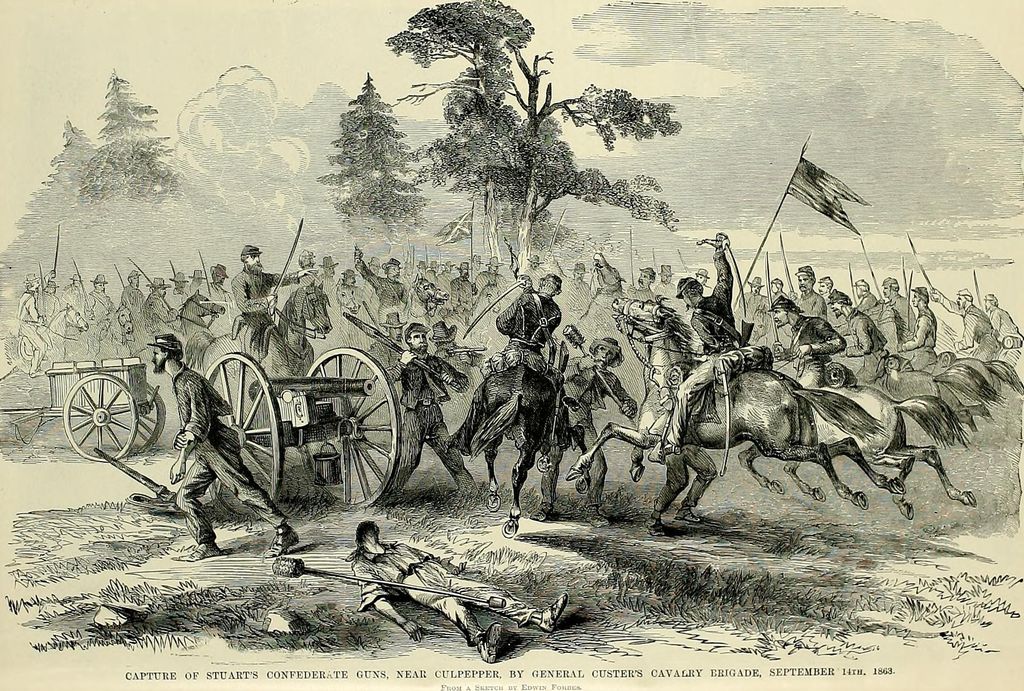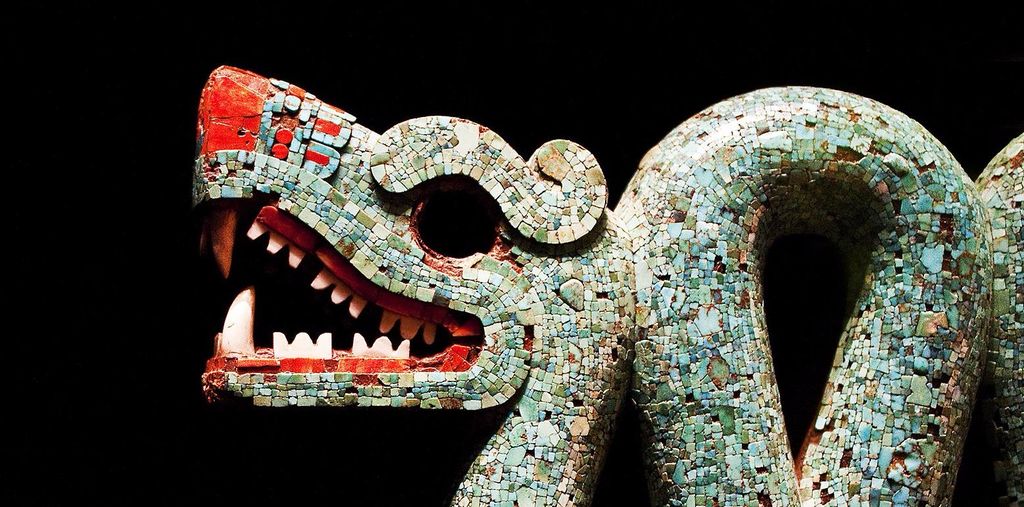Who has not been in awe at the sight of the ancient Egyptian pyramids? Wondered at the meaning of the hieroglyphs? Observed with awe the gold of a pharaoh’s funeral mask?
Close to 3000 years passed from the first Egyptian dynasty in 3100BC to the conquest of Egypt by Alexander the Great in 332BC. The Egyptians left a lasting contribution to humanity in the fields of architecture, art, writing, medicine, agriculture and engineering. What to say of the impact of their religion and pantheon of gods on surrounding civilizations and those that came after?
This timeline provides a mere glimpse of the depth of Ancient Egypt, developing along the banks of the fertile river Nile, but it’s a fantastic way to get started.
👇Scroll down to find out more.
✅ Why this matters today
Learning about the past can provide keys to understanding the present.
- What other powerful civilizations of the past are still influential today through their art, culture, institutions, infrastructure and monuments?
- Are there any powerful civilizations today and at what stage of development are they?
- Ancient Egypt had its fair share of women pharaohs ruling their civilization, including the famous Cleopatra. Do you think today there are enough women leaders? Should we be doing more to have more women leading countries and important institutions?
- The Egyptians had a polytheistic religion, meaning they believed in many different gods. These are different to monotheistic religions, which only believe in one god. What monotheistic and polytheistic religions exist today?
- Ancient Egypt, like many other ancient civilizations, had slaves. Do you think there are still slaves that exist today? People deprived of their freedom and forced into work and life conditions?
📖 The Timeline Format
There are many benefits to using timelines in a learning environment. For social studies and history study in particular, timelines are fantastic to chart events across different eras, providing a linear progression that aids understanding and the retention of information.
Timelines are more than just dates stacked up in a sequential order, they can (or should!) include context, facts, parallels with modern day events, a certain depth of knowledge that enables true understanding.
✍️ Create your own timeline
Head on over to Sutori and create a free account. Start from a blank slate, or use one of our templates.
With Sutori, you can:
🖼️ Easily add videos, images and audios
🔗 Embed any file or web link
📊 Add interactive quizzes and polls for engagement
💬 Develop peer review skills with comments
📽 Bring the timeline to life with “Presentation” mode
↪️ Share the link, export to PDF or embed it into your website
All that is required is an internet connection! Sutori works on all common web browsers (Chrome, Firefox, Safari, Edge). There is a paying and - generous - free version of the tool 😊




